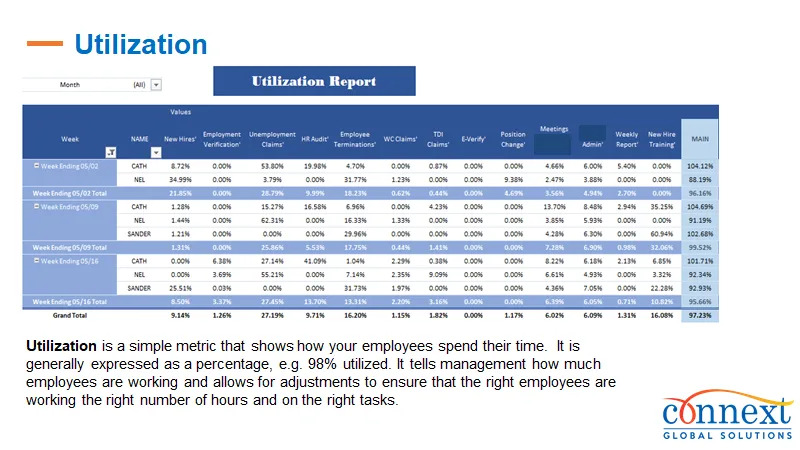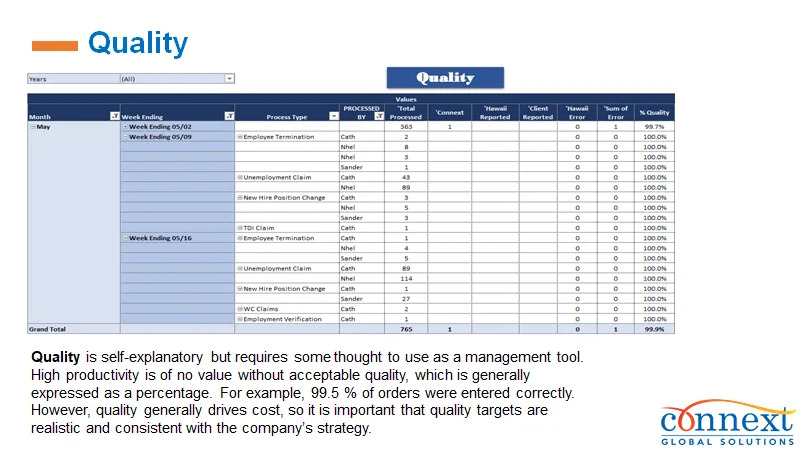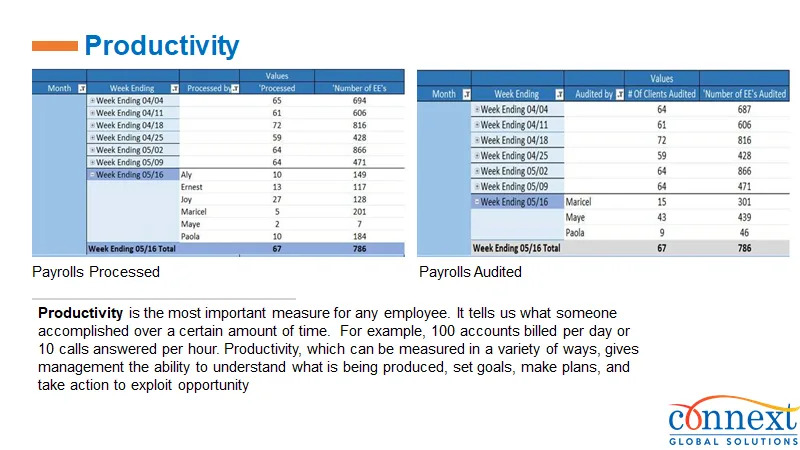Key Summary
- Hiring freezes often pause headcount growth, but the work doesn’t stop. Many teams use contractor agreements to add help without breaking freeze rules.
- If done incorrectly, this can lead to legal or tax problems. A co-managed offshore support model keeps you compliant while helping your team get work done.
- Connext provides flexible, headcount-neutral staffing solutions through independent contractor agreements.
- You stay in charge of day-to-day work while we handle contractor compliance and operations in the background.
- This helps your team move forward even when you can’t add full-time employees.

Hiring freezes are often a smart cost-saving measure. But they can also cause major slowdowns in operations. The deadlines don’t change. Customers still need support. Internal teams often end up carrying more than they should.
To keep moving, many companies turn to independent contractors. It seems like a practical workaround—add help without increasing official headcount, skip the HR delays, and keep projects running.
But if the contractor relationship isn’t structured properly—especially in offshore or cross-border setups—it can create serious compliance issues.
Why Companies Turn to Contractors During Hiring Freezes
When internal hiring isn’t an option, leaders still need to get work done. Independent contractors offer a fast way to add help. They’re often seen as easier to bring on, less tied to internal headcount restrictions, and more flexible in how and when they’re used.
But here’s the challenge: just calling someone a contractor doesn’t make it legally true. Each country has its own rules. In the U.S., there are clear guidelines on what makes someone a contractor versus an employee. In many offshore locations, those rules are even stricter—and violations can result in fines, penalties, or lawsuits.
If you’re thinking about adding contractor support, we can walk you through how to do it in a way that protects your company from compliance issues.
Common Risks When Contractors Are Misclassified
The U.S. Department of Labor and the IRS have both stated that employee misclassification is a top enforcement priority. According to the Department of Labor, businesses that treat workers as independent contractors without meeting the legal criteria may face penalties. The IRS also provides guidance on how to determine whether someone should be classified as an employee or a contractor.
A few common mistakes include giving offshore contractors fixed schedules, assigning them a direct manager, or having them do ongoing work without any formal scope or contract. Long-term arrangements, especially if full-time, often raise red flags.
Even if the contractor agreement looks fine on paper, how the work is actually done can trigger a reclassification. And that can expose your company to tax liabilities, labor claims, and more.
If you’ve used offshore contractors before, it’s worth reviewing whether the arrangement still meets today’s labor standards. At Connext, we can help you evaluate the risk:
How to Use Contractors the Right Way
To reduce risk, more companies are moving toward structured offshore contractor models. At Connext, we use a co-managed team approach where contractors are engaged through an independent agreement, but supported through a clear framework that ensures compliance.
You still direct their day-to-day work and manage output. But we handle contracts, onboarding, legal structure, and local compliance in the background.
This setup lets you add help without increasing official headcount. It also means you avoid delays from HR requisitions, reduce compliance exposure, and still get full visibility into performance.
If your team is under pressure but can’t add employees, our co-managed offshore model gives you a reliable, headcount-neutral way to grow.
Why This Works Better Than Traditional Outsourcing
Traditional outsourcing often feels disconnected. You send over a process, wait for results, and hope for consistency. With Connext, the model is different.
We help you extend your team—not just outsource tasks. The team works within your structure, follows your standards, and reports to your managers. We take care of the back-office responsibilities so your internal team can stay focused on operations.
This model works especially well when you’re under headcount restrictions but still need to scale, when you want to add specialized skills quickly, or when contractor compliance is a concern but you can’t take it on internally.
If traditional outsourcing feels too disconnected, the Connext model gives you more control while still providing the flexibility to scale.
What Makes the Connext Model Different
At Connext, our offshore contractor compliance solutions are tailored to fit your business. We focus on role design, contractor compliance, support infrastructure, and performance tracking to ensure your extended team delivers results. You get the flexibility of contractor support, the security of a structured model, and the ability to scale without adding headcount.
Our clients across healthcare, construction, finance, and tech use this model to keep moving when internal hiring is paused. It’s practical, fast to launch, and built for operational continuity.
What’s Next
Hiring freezes don’t have to put your business on hold. With the right structure, you can keep building your team, protect contractor compliance, and get work done—all without adding to headcount.
Ready to explore how co-sourcing can help you scale while staying in control? Read our introduction to co-sourcing to see how the model works—and why more companies are adopting it in 2025.
Looking to explore a co-sourcing model that keeps you in control while scaling your operations? Get in touch with Connext to build a right-sized, co-managed team tailored to your goals.
Frequently Asked Questions (FAQs)
Yes—as long as the work and contract are structured correctly. Misclassification risks can be avoided with proper documentation and role design.
If a contractor is treated like an employee, it can result in legal, tax, and compliance issues. This applies to both U.S.-based and offshore talent.
We manage contracts, onboarding, and labor law alignment so your contractor team is fully compliant—without adding internal HR burden.
Yes. We support roles across healthcare, finance, customer support, engineering, and more. The model adapts to your needs.








